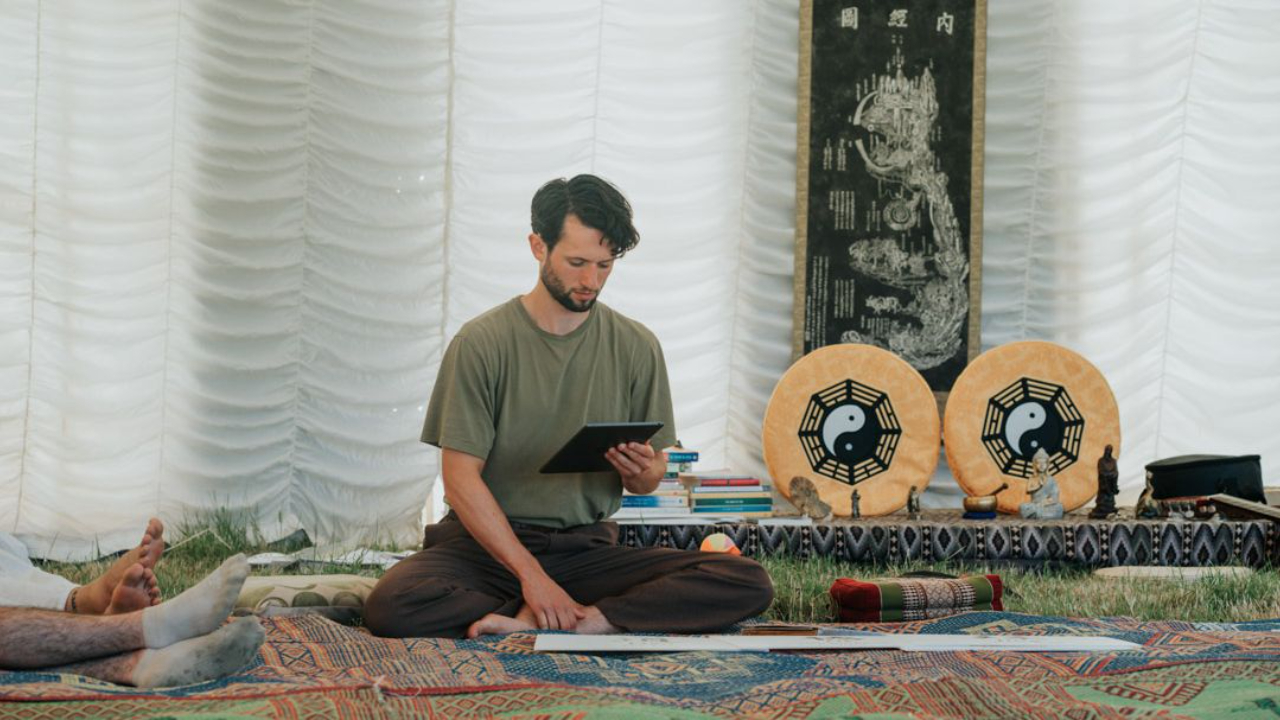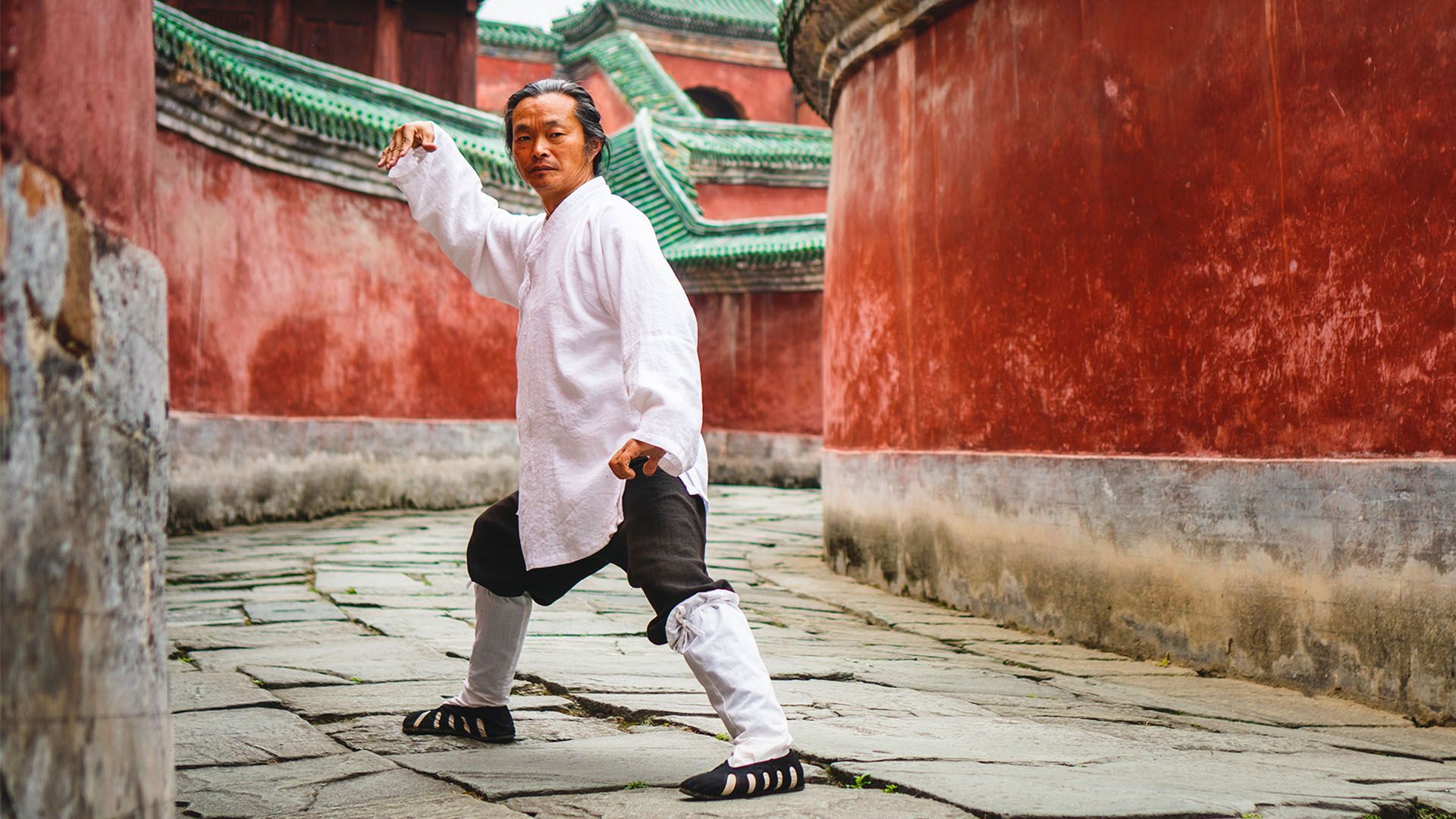American Kenpo Karate: Key Techniques and Strategies
Apr 26, 2024
Navigating the martial arts world can be difficult, especially when choosing a style that best fits your needs. Many practitioners struggle to find a martial art that balances practical self-defense with a rich, strategic foundation. American Kenpo Karate offers a unique blend of techniques and strategies that address these concerns.
Rooted in the principles of economy of motion and the integration of linear and circular movements, American Kenpo is renowned for its efficiency and adaptability in real-world scenarios.
This article provides a detailed exploration of the key techniques and strategies that define American Kenpo Karate, serving as a comprehensive guide for anyone looking to deepen their understanding or begin their journey in this dynamic martial art.
Table of Contents
How American Kenpo emerged as a distinct martial art?
American Kenpo Karate, often simply called Kenpo, developed its unique identity in Hawaii. The art evolved through adaptations made by Ed Parker, who incorporated practical self-defense techniques into traditional forms. This martial art blends swift strikes and linear movements to maximize effectiveness in real-world situations. Kenpo's reputation grew as a comprehensive system that emphasizes flexibility in response to an attacker, making it popular across the United States.
Influence of Japanese Martial Arts and Kung Fu
Kenpo Karate is deeply influenced by Japanese martial arts and Kung Fu. The structure and discipline of Japanese systems, like Judo, combined with the dynamic and fluid movements from Kung Fu, significantly shaped Kenpo's techniques. This integration allows practitioners to use a variety of strikes and defenses, adapting to different combat scenarios. The blend enriches Kenpo, providing a diverse toolkit that enhances both its strategic depth and its appeal to martial artists seeking a well-rounded self-defense system.
5 Techniques of American Kenpo Karate
1. Linear Punches:
American Kenpo Karate emphasizes the power of linear punches, a fundamental striking technique used to deliver quick, direct hits to an attacker. Practitioners focus on precision and speed, ensuring each punch drives straight toward the target with minimal telegraphing. This approach maximizes impact while minimizing the practitioner's exposure to counterattacks. Training typically includes repetitive drills to refine the accuracy and power of these punches, making them effective for both self-defense and competitive sparring.
2. Defensive Blocks:
Defensive blocks are crucial in American Kenpo for protecting oneself against incoming strikes. These techniques involve using the arms and hands to deflect or intercept an attacker's blows, thereby preventing them from landing effectively. Instructors teach various blocking techniques, each designed to counter specific types of attacks, such as high punches or low kicks. Practicing these blocks helps martial artists develop quicker reflexes and better anticipate their opponents' moves, enhancing their overall defensive capability.
3. Tiger Strikes:
The tiger strike is a distinctive technique in American Kenpo, characterized by its aggressive, powerful nature. This move mimics the ferocity of a tiger, using a combination of clawing actions with the hands and rapid advances to overwhelm an opponent. It is particularly effective in close combat situations, allowing the practitioner to inflict damage while maintaining control over the encounter. Training for tiger strikes involves developing strength and agility, as well as mastering the timing necessary to execute the move effectively under pressure.
4. Grappling Techniques:
Grappling in American Kenpo involves a range of maneuvers designed to control or incapacitate an opponent without the need for striking. These techniques include holds, joint locks, and throws, which require practitioners to be adept at manipulating their opponent's body and balance. Grappling is taught as a way to handle attackers when strikes are not viable, such as in confined spaces or when the practitioner seeks to avoid injuring the assailant. Mastery of grappling enhances a martial artist's versatility and effectiveness in self-defense scenarios.
5. Sparring Drills:
Sparring is an essential aspect of training in American Kenpo, providing martial artists with the opportunity to apply their techniques in a controlled, competitive environment. Through sparring, practitioners learn to manage distance, improve their timing, and read their opponent's intentions. These drills are crucial for developing real-world self-defense skills, as they simulate actual combat situations with an emphasis on safety. Instructors monitor these sessions closely to ensure that participants can practice their strikes, blocks, and grapples effectively while minimizing the risk of injury.
Also Read: Taekwondo vs Karate
Training and Skill Development
Achieving the Black Belt:
The journey to earning a black belt in American Kenpo Karate demands dedication and a mastery of various techniques. Students begin with basic strikes and defensive maneuvers, progressing through more complex combinations and sparring scenarios. Each level brings them closer to the black belt, symbolizing proficiency in Kenpo's powerful and precise techniques. This belt is not just an award, but a testament to the martial artist's commitment and skill.
Role of the Dojo:
The dojo serves as more than just a training space; it is a place of learning and personal development. Instructors emphasize respect, discipline, and the importance of the martial arts community. The structured environment of the dojo helps students focus on their training, providing a supportive community that is essential for growth in Kenpo Karate.
Teaching Philosophy:
Instructors of American Kenpo Karate focus on developing not only physical skills but also mental resilience and strategic thinking. They teach students to apply techniques in a variety of scenarios, ensuring they can defend themselves effectively. The teaching philosophy centers on fostering self-confidence and respect for others, critical values that extend beyond the dojo into everyday life.
Notable Practitioners and Their Contributions
Ed Parker's Legacy:
Ed Parker, a grandmaster born in Hawaii, revolutionized martial arts in the Western world. He founded American Kenpo Karate in the 1950s, which later became known for its practicality and adaptability in self-defense. Parker's method emphasized the economy of motion and effective use of linear and circular movements. His teachings, refined through the original "Law of the Fist," spread globally, profoundly influencing the martial arts community and establishing numerous schools across the mainland and beyond.
Modern Martial Artists:
Recent figures in Kenpo Karate, like Jeff Speakman and Chuck Sullivan, have continued to evolve the style. Speakman popularized Kenpo worldwide through his films and comprehensive training programs. Sullivan, one of Parker's earliest students, has dedicated his life to teaching and refining Kenpo techniques. This ensures the art's relevance and effectiveness for future generations.
How Kenpo differs from other styles, like Judo, in approach and technique
American Kenpo Karate distinguishes itself from Judo through its diverse range of techniques and strategic emphasis. While Judo focuses primarily on takedowns and joint locking within close contact, Kenpo incorporates a blend of linear and circular movements. This enhances both offensive and defensive capabilities. Kenpo emphasizes economy of motion and strikes effectively using a combination of punches and kicks. Unlike Judo, which primarily utilizes grappling, this martial art also employs a variety of stances. Derived from both Chinese and Okinawan martial arts, these fighting techniques offer a highly effective approach to self-defense. They prioritize swift, precise actions.
Conclusion
Through its distinctive blend of Chinese and Okinawan influences, American Kenpo Karate has established itself as a highly effective martial art, adapted for modern self-defense needs. Its focus on quick, precise strikes and the strategic use of movement make it a standout choice for martial artists. The techniques discussed provide a foundation not only for fighting proficiency but also for personal growth and discipline. Have you considered how the principles of American Kenpo Karate could enhance your martial arts practice or self-defense capabilities?







